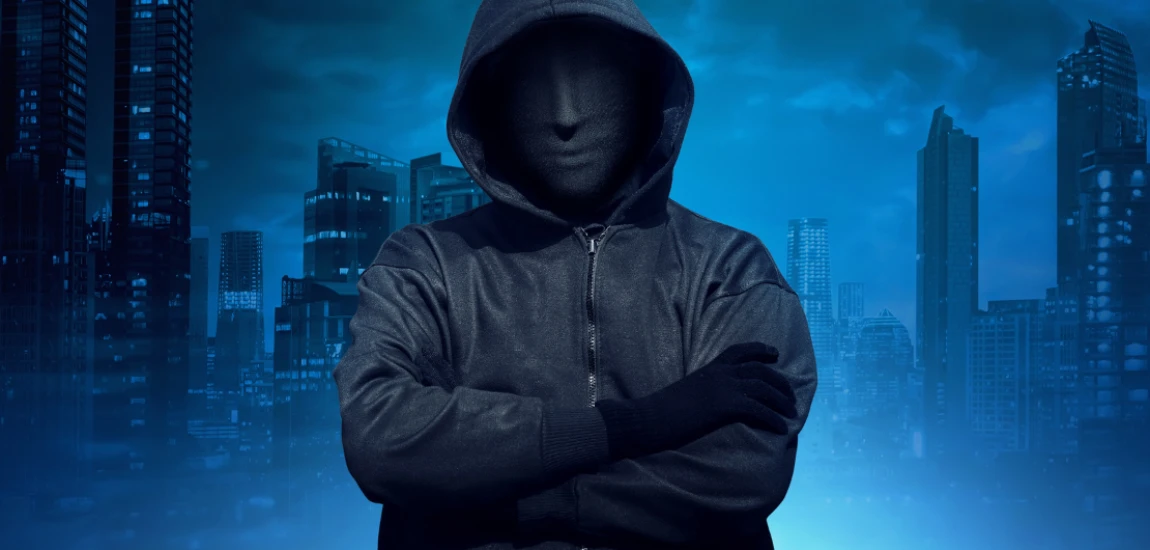Mask Culture: When Anonymity Becomes the Brand

In a world where influencers live-stream their breakfasts and celebrities post daily updates, you’d think visibility is everything. But a countertrend has emerged—one where hiding your face becomes the brand itself. From masked DJs and anonymous street artists to faceless meme accounts and virtual influencers, mask culture is shaping how we think about fame, identity, and creativity.
The paradox is striking: at a time when social media rewards hyper-visibility, anonymity has become a powerful form of authenticity. Masks, whether physical or digital, signal mystery, exclusivity, and a refusal to conform to the pressures of constant exposure.
This blog explores why mask culture resonates, how anonymity functions as branding, and what it reveals about our cultural hunger for privacy in an oversharing age.
The Historical Roots of Mask Culture

Mask culture isn’t new—it’s deeply rooted in human history.
Ritual and Tradition
Masks have been part of rituals across cultures for centuries. From Japanese Noh theater to African ceremonial masks, covering the face has always been about transformation—stepping into another role, embodying a spirit, or connecting with something beyond the individual. These traditions highlight masks as tools of storytelling, identity, and performance.
The Mask as Protection
Historically, masks also served practical purposes—protection in battle, anonymity in protests, or safety in pandemics. In these contexts, masks blur the line between personal and collective identity. They make the individual part of something larger, whether that’s a social movement or a cultural ritual.
Carrying Tradition into Modern Branding
Today’s digital mask culture inherits this symbolism. Artists and creators use masks not only to stand out but also to tap into a timeless human fascination with concealment and revelation. The mask becomes a bridge between tradition and the hypermodern world of online branding.
Masks in Music and Entertainment

Nowhere is mask culture more visible than in music and performance art.
Iconic Masked Musicians
Artists like Daft Punk, Deadmau5, and Marshmello built entire careers around anonymity. Their masks became instantly recognizable symbols, often more iconic than their faces. For fans, the mask isn’t just a gimmick—it’s part of the mythology that makes the artist larger than life.
The Power of Mystery
In an era when fans expect constant access to their idols, mystery is refreshing. Masked artists create intrigue by withholding something essential: their true appearance. This scarcity of information makes audiences more curious, fueling engagement and long-term loyalty.
Anonymity as Creative Freedom
Masks also free artists from the burden of personal branding. Without the pressure of being a “celebrity,” they can focus on their art. Fans are drawn not to a personality but to the music, visuals, or performance. This allows for reinvention and experimentation without the risk of alienating an audience attached to a specific image.
Digital Masking: From Memes to Avatars

Mask culture extends far beyond physical masks—online, anonymity has become its own brand identity.
Faceless Meme Accounts
Some of the biggest social media accounts thrive without ever showing a face. Meme pages, anonymous storytellers, and faceless commentators gain followings not through personal branding but through content alone. Their anonymity becomes part of their credibility—fans focus on the message, not the messenger.
Avatars and Virtual Influencers
The rise of virtual influencers like Lil Miquela highlights another form of mask culture. These AI-generated personas blur the line between reality and fiction. Their “masks” aren’t physical but digital—crafted identities that exist only online yet influence fashion, music, and consumer trends.
Privacy as a Selling Point
As online surveillance grows and oversharing feels risky, digital anonymity becomes aspirational. The faceless creator offers a model of success that doesn’t require giving up personal privacy. In this way, mask culture taps into collective anxieties about visibility and surveillance.
Anonymity as a Branding Strategy

The most intriguing aspect of mask culture is how anonymity itself becomes marketable.
Standing Out by Hiding
In a crowded digital marketplace, showing less can mean more. A masked figure in a lineup of hyper-curated influencers instantly draws attention. Anonymity disrupts the expectation of exposure, making the brand memorable through contrast.
Creating Exclusivity
Masks create boundaries between the creator and the audience. This boundary fosters exclusivity, making fans feel like they’re part of a secret club. Limited access builds hype, much like luxury brands that thrive on scarcity.
Protecting the Person, Elevating the Persona
For creators, anonymity is also practical. It separates personal life from professional identity, allowing them to craft a controlled persona. This duality protects mental health, reduces burnout, and creates longevity in industries notorious for their demands on personal exposure.
The Cultural Psychology of Mask Culture

Why does mask culture resonate so strongly right now?
Exhaustion with Hyper-Visibility
Social media has turned everyday life into a performance. From influencers to ordinary users, everyone is expected to curate their lives for public consumption. Mask culture pushes back, offering an alternative: anonymity as authenticity.
Desire for Mystery and Storytelling
Humans are wired for stories, and masks inherently create narrative. Who is behind the mask? Why do they hide? The lack of answers fuels speculation, turning ordinary branding into mythology. Fans don’t just consume content; they participate in unraveling the mystery.
The Duality of Self
Masks symbolize the tension between the public and private self. They allow creators to exist in both realms—publicly as a persona, privately as themselves. In a culture obsessed with exposure, this balance feels both radical and relatable.




